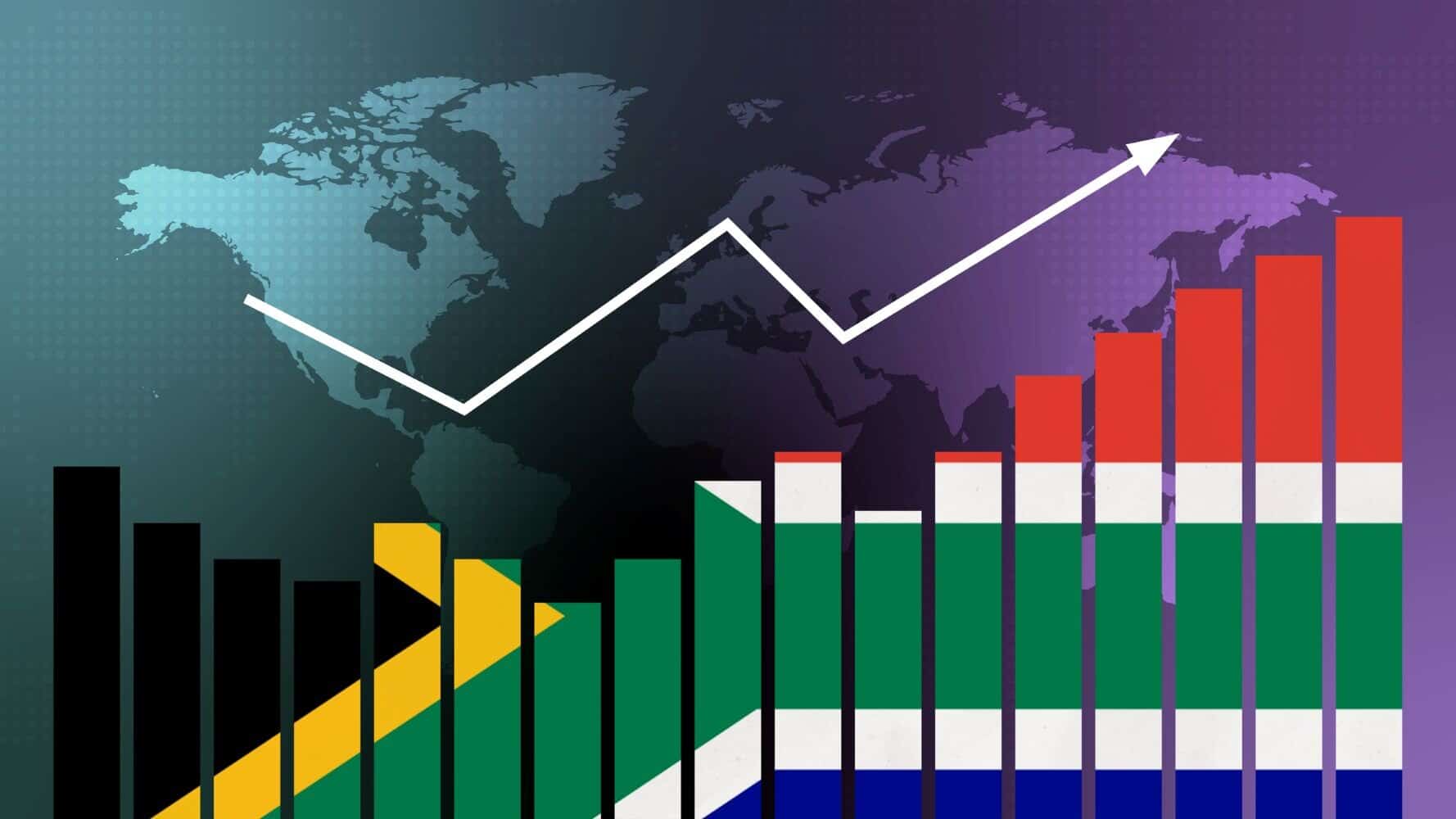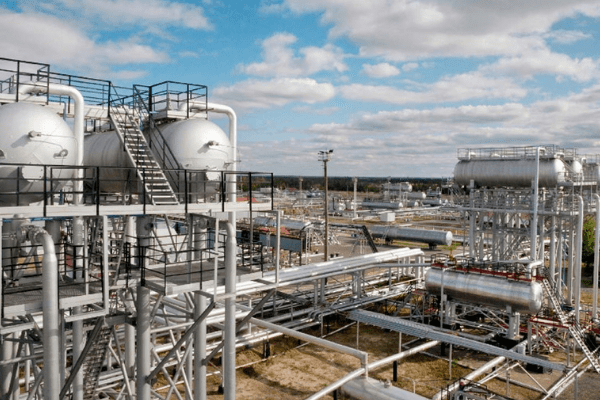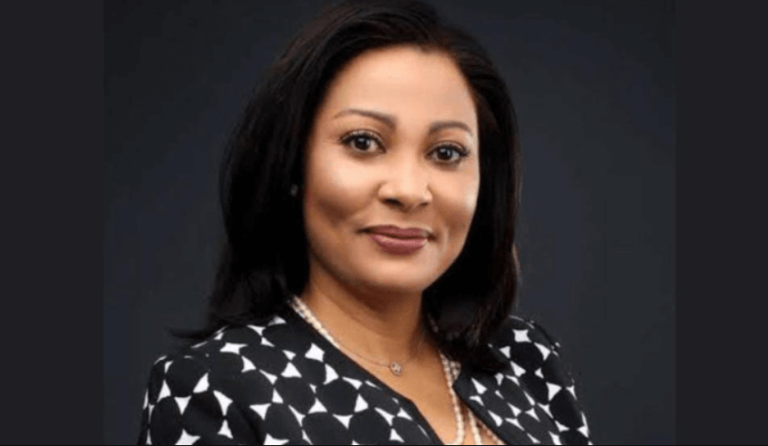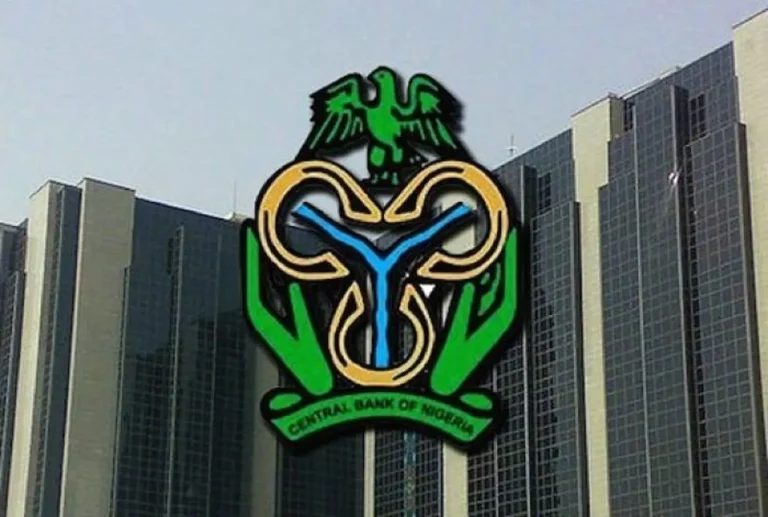
South Africa has only between 24 and 36 months to escape a decade of economic stagnation or slipping deeper into it in the face of high US tariffs.
The country faces 1930s-level tariffs on key exports to the US, amid a global surge in protectionism that’s reshaping trade flows and economic forecasts.
Aroni Chaudhuri, chief Africa economist at Coface South Africa, says monetary easing is now possible, with inflation stabilising at 3%, opening the door for interest rate cuts that could stimulate investment and ease debt burdens.
Fiscal reform is the defining challenge for the government of national unity (GNU), as stalled Vat reform and high tax burdens limit options for deficit reduction and growth-friendly budgeting, he says.
“Investor sentiment hinges on reform signals, from potential Financial Action Task Force (FATF) grey list removal to credible policy communication, perception will shape South Africa’s recovery trajectory.
“The question I am asking myself right now is whether some of these engines are permanently broken, or can they still be functional if the right policies are implemented?”
ALSO READ: This is why South Africa’s economic growth deteriorated since 2005
SA has solid economic fundamentals, but structural constraints and global headwinds a problem
Despite persistent challenges, South Africa still has solid economic fundamentals, but structural constraints and intensifying global headwinds, from trade wars to geopolitical shocks, continue to weigh heavily on its open economy.
However, global trade tensions ring in a new era of protectionism, Chaudhuri says.
“South Africa now faces 30% tariffs on key exports to the US, levels last seen in the 1930s. India and Brazil are seeing rates as high as 50%. This surge in protectionism introduced significant uncertainty, making traditional forecasting increasingly difficult,” he said.
“The average tariff level in the US is now at levels last seen in the 1930s, multiplied by over seven from 2024 levels. This will have consequential effects on trade flows and global growth.”
In this environment, he says, scenario-based planning and risk frameworks are no longer optional but essential.
But Chaudhuri says monetary policy is a window of opportunity for South Africa, where the inflation rate stabilised around 3%, creating room for monetary easing. “If inflation remains anchored, the Reserve Bank could reduce the repo rate from 7% to below 6% by 2027, stimulating investment and easing debt burdens.
“Lower interest rates will be good for consumption and investment. If inflation remains anchored, monetary easing can continue in 2026.”
ALSO READ: SA not in recession, but picture of stagnant economy remains the same
Monetary easing in 2026 will benefit consumers and stop economic stagnation
He believes this shift would benefit consumers, corporates and the fiscus as most of South Africa’s public debt is rand-denominated and held domestically.
In addition, he points out that fiscal reform is the key test for the gonerment of national unity (GNU).
“The GNU’s key test will be the upcoming budget. With Vat reform stalled and one of the highest tax burdens among emerging markets, options are limited. The target of reducing the budget deficit to 3% of GDP by 2027 is ambitious, but not impossible.”
Chaudhuri says the cost of cutting expenditure on growth might be relatively low in the short-term. The fiscal multiplier declined substantially in the past two decades but the social cost could be high in an already tense environment.
“In short, fiscal consolidation must be strategic, not blunt.”
Turning to currency stability and investor sentiment, Chaudhuri warns the rand remains speculative and vulnerable to current account deficits. “Credible reforms and geopolitical clarity could anchor the rand, even if it remains weak.
“Even if the rand remains weak, some amount of stability will make it easier for the central bank to conduct monetary policy and anchor inflation.”
South Africa’s potential removal from the FATF grey list could further boost investor confidence and unlock foreign capital, Chaudhuri says.
ALSO READ: IMF expects SA economy to grow by 1.1%, not too worried about US tariffs
Remember that signals matter to get out of economic stagnation, expert warns
South Africa and its government will also do well to remember that signals matter, he says.
“Signals are just as important as what happens in the economy itself. In today’s environment, perception is policy. The success of South Africa’s recovery will depend not just on what is done but how it is communicated.
“With inflation under control, interest rates poised to fall and a chance to reset fiscal priorities, South Africa has a rare opportunity to chart a path toward sustainable growth, but it will require bold leadership, policy coherence and a reform agenda that is both credible and clear.”



